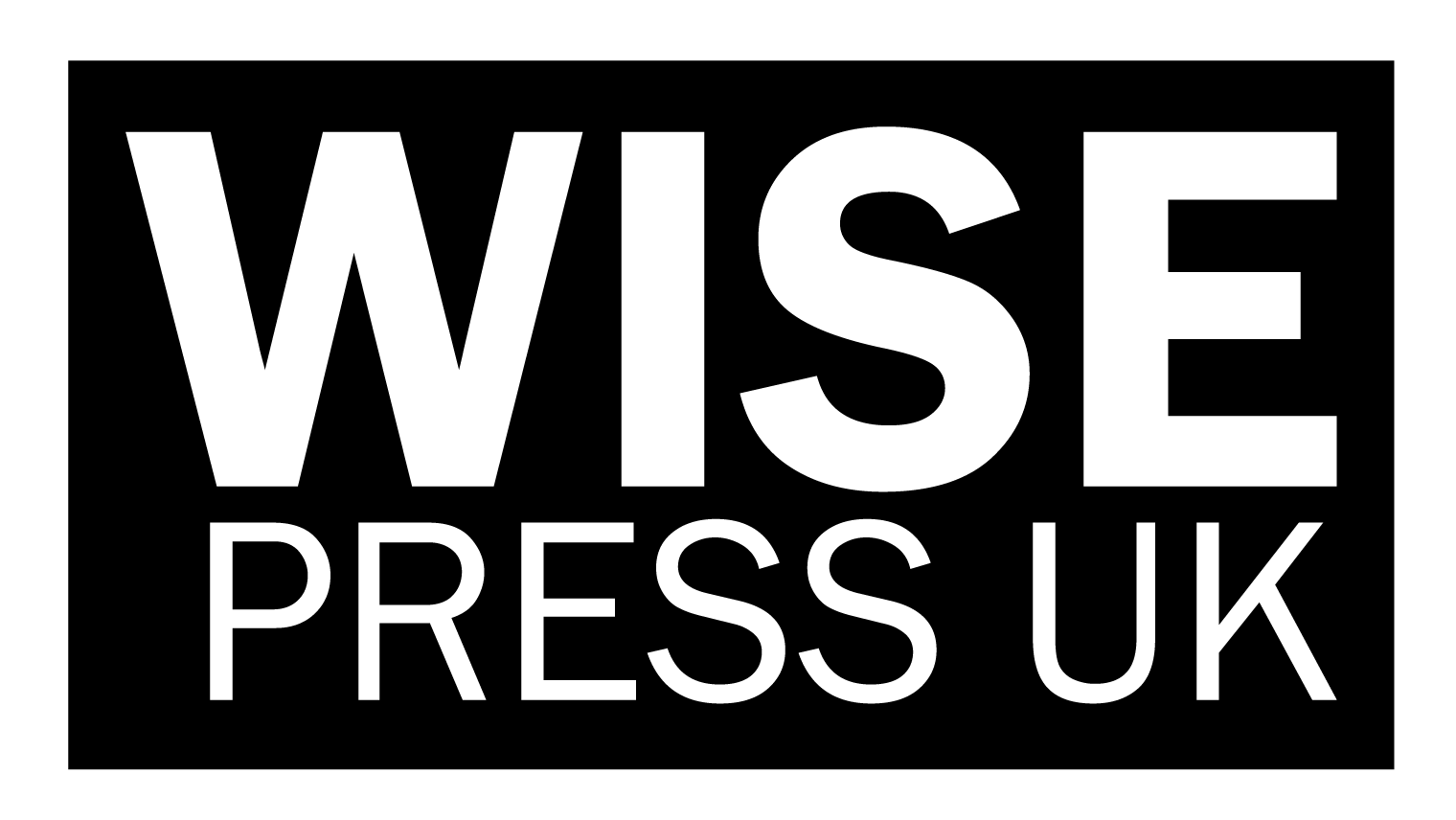The Influence of the Color and Composition in Chinese Painting on the Animation"Cowboy's Flute"
DOI:
https://doi.org/10.61707/c7ehjj47Keywords:
Animation, Chinese Watercolor and Ink Painting, Coloring, Composition, Cultural AestheticsAbstract
This journal article examines the animation "Cowboy's Flute" produced in 1963 at the animation studio in Shanghai, focusing on its use of coloring and composition influenced by traditional Chinese watercolor and ink painting. By analyzing specific elements within the animation, such as the overall composition, depiction of nature, and the portrayal of a shepherd boy riding a buffalo, this article explores how the film embodies authentic Chinese aesthetics. Drawing upon the symbolism and cultural significance associated with these artistic elements, this article sheds light on the theme and artistic choices made in "Cowboy's Flute." The findings reveal the strong influence of traditional Chinese painting on the animation and its contribution to the portrayal of Chinese cultural values and aesthetics.
Downloads
Published
Issue
Section
License

This work is licensed under a Creative Commons Attribution-NonCommercial-NoDerivatives 4.0 International License.
CC Attribution-NonCommercial-NoDerivatives 4.0




